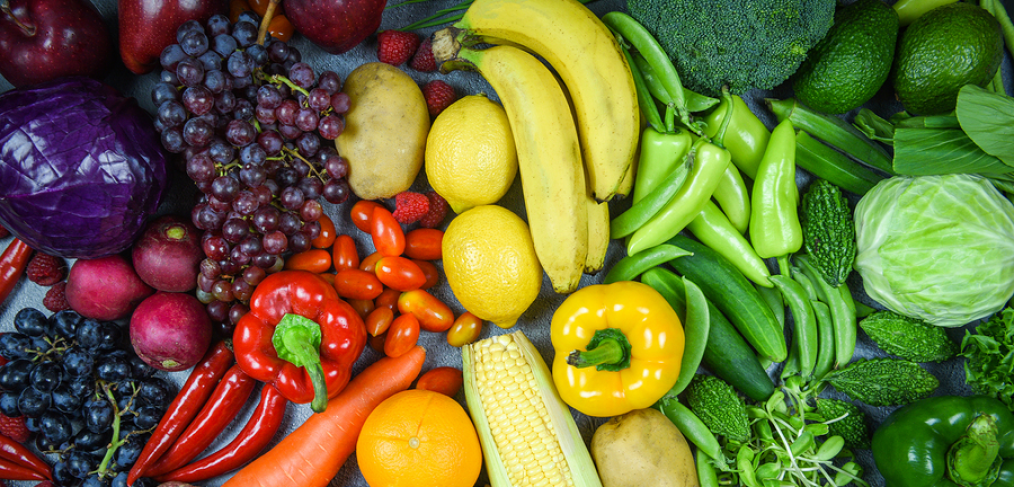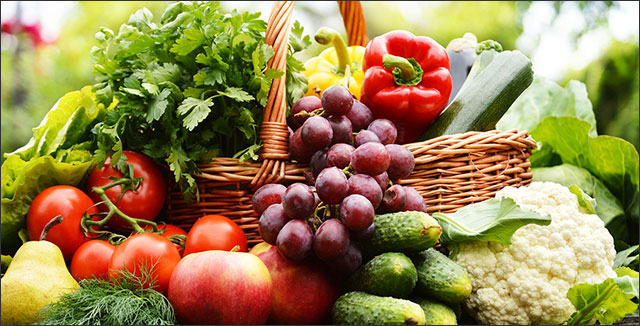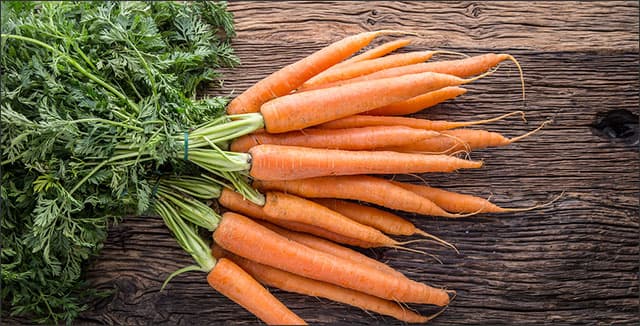
How to Use Vegetable Scraps and Reduce Food Waste in Your Own Home

Food waste is a big topic of conversation in the world today. Our food supply system is vast and complex, and it contributes to ecological problems, wasted produce and places in our country where there is little access to fresh produce for people without their own transportation.
Did you know that studies factor in the food that goes uneaten in your fridge?
It’s not that every time half your casserole goes uneaten, someone records it somewhere, however, studies show that most food waste happens at the consumer level.
Remember the joke, “Eat your peas; there are kids in Africa who are starving?”
Well, it’s true. One-third of all food produced each year is thrown away, and there are still 925 million people who are starving. Moreover, then the wasted food creates greenhouse gasses. It’s a terrible system.
What Can You Do to Reduce Food Waste?
You have a busy life, like everyone else. Every time you turn around, someone is telling you to eat more fresh vegetables and fruit.
I can remember many grocery trips where I bought too much produce, thinking this week would be the week I would eat healthier, only to find that much of it had gone bad, uneaten, in the fridge.
You can make a difference with the amount of food you buy, make, and consume. I have read suggestions such as marking each piece of food with a dollar amount that helps you see how much money you wasted if you let something spoil.
That could get complicated, but you get the point. To make the change over from consumer to conscientious food buyer, you have to be more committed to eating the food you have. It’s too easy to throw food away.

Food Use Strategies
One of the best ways to use spoiled fruits and vegetables is to compost in your own backyard. You might find that when you actually see the food you are forced to throw away, and how much there is, you will adjust how much you buy.
Altering what you buy is crucial because some foods can’t be easily composted, like dairy or meat. Of course, there are ways to compost even those things, but most people don’t have space. It’s best to eat every bit of meat you prepare, considering the number of resources that go into producing it.
Another strategy is to plan a menu for each meal instead of filling your refrigerator. If you can see everything in there, it’s less likely to go bad without your noticing.
By the end of the week, you have used all the easily-spoiled items in your recipes and eaten them. Go one step further, and plan a day where you will eat all the leftovers for dinner.
Additionally, of course, gardening and growing part of your own food supply can be the ultimate way to teach yourself respect for the earth, for people who produce your food, and for what’s lost when we throw food away.
When you have taken the time to plant, water, weed, and harvest those vegetables, you are much more likely to find a way to preserve them. Chopping, freezing, blanching, pickling, and making jams often go hand-in-hand with gardening.
Use the Ugly Parts
However, why can’t we learn how to respect the food that comes from the grocery store?
It can be hard. Grocery stores, especially American grocery stores, are responsible for the other part of waste at the consumer level.
They routinely throw out produce that is ugly but otherwise perfectly tasty. Some food waste is about how the food is presented to you.
You may not realize what goes into that display. Maybe you don’t have control over which parts of the plants are presented to you, but you can choose how much (or little) you cut off and throw away.
What about the leafy parts of your root vegetables? Or the skins we peel off without thinking about it? Some of these are surprisingly good to eat, easy to use, and packed full of extra vitamins.

Stems and Leaves
Did you know that carrots were bred not just for their sweet, crunchy root but also for their leafy greens in the 1950s? Carrot greens are good in salads and made into pesto sauce. In addition, they contain six times more vitamin C than the root, as well as vitamins A and K.
Likewise, we are so used to cutting off the stems of our broccoli crowns, we hardly think about it. Those stems are often tender and edible. Not to mention the broccoli greens, which can be sautéed and eaten similar to spinach or collard greens.
Even better – broccoli stems contain a slightly higher concentration of calcium, iron, magnesium, protein, vitamin C, and omega-3s. The leaves and stems are regularly wasted right in the field. They are left by the tons because they have no resale value.

The Whole Fruit
Let’s start with the easy one: apples. Apple skins are where all of (or more of) the vitamins are contained. The skins have the type of fiber necessary to help block hunger for several hours.
The entire apple is edible, except the stem. So next time you grab an apple, or use one in a recipe, eat or chop the whole thing.
You are not going to believe this next one. Kiwi skins are in the same category. Those rough, wooly skins are full of vitamin C and fiber. If you can’t stomach biting into a whole kiwi, slice or chop them finely and add them to your smoothie or use them top your yogurt with granola.
Citrus peels aren’t precisely edible as-is, but the zest and peel contain a high concentration of vitamin C and phytochemicals. Zest all your citrus fruits: lemons, oranges, limes, grapefruits, and mandarins. Add zest to your salads, smoothies, marinades, sauces, and baked goods. Or, make herbal tea with the peels and zests by adding hot water.
The next one may surprise you. Watermelon rinds are entirely edible. They can help reduce your blood pressure thanks to a compound called citrulline. Next time you get a whole watermelon, save those rinds and slice them into pickleable sizes. Watermelon rind pickles are deliciously sweet and savory.
Bringing it Home
Food waste is a problem in many developed countries, and North America is among the worst offenders. We also have many pockets in our own communities where hunger and lack of fresh produce run rampant.
Learn how to combat this problem at its source by employing food saving strategies, composting your waste, doing your own gardening, or simply using more parts of the produce you buy.




You are knowledgeable and your advice sound. I’m no expert or professional by any means. I do have a strong interest in the topics you’ve covered. I love learning about them. I become a sponge trying to absorb as much as possible. I’ve read and researched many, many sites, paper books, and magazines any where there was something to learn. This how I know you are ligitament and have had hands on experience to draw from as well. I respect that. It’s also how I know, you know what your talking about. Thanks for sharing and trying to make our world safer, healthier, and more beautiful. I’ll be signing up. You pack a lot of info in your articles. With total respect, thank you.